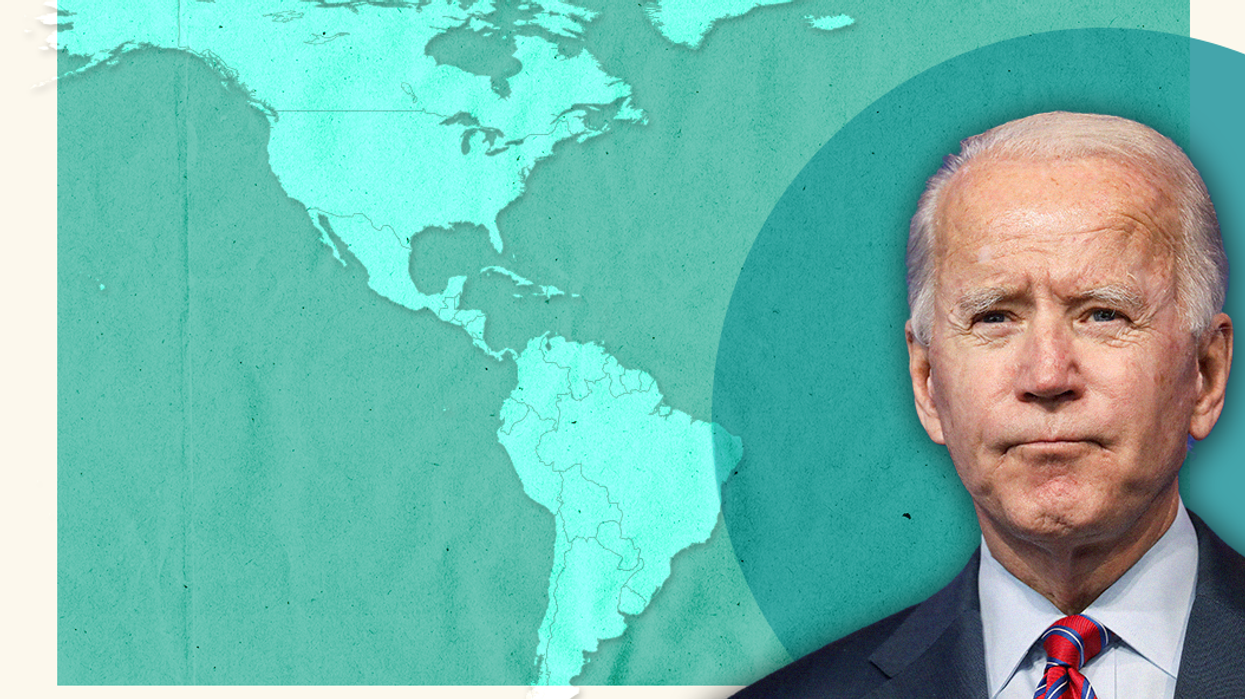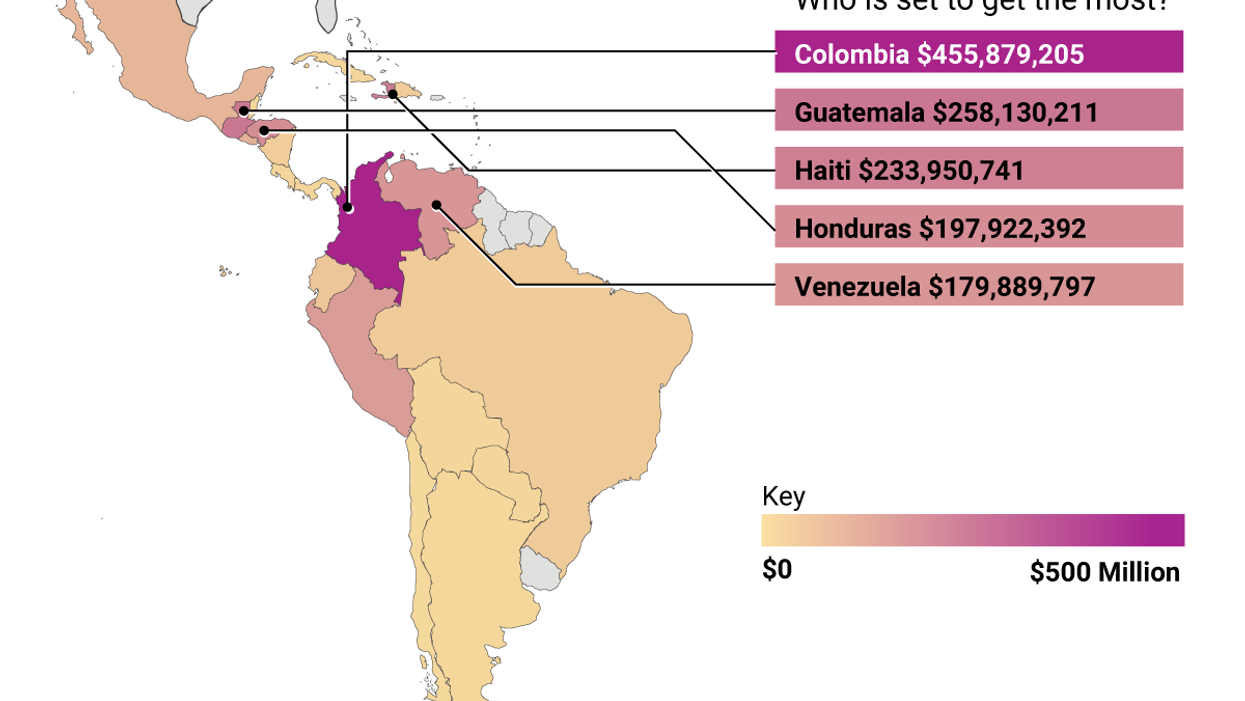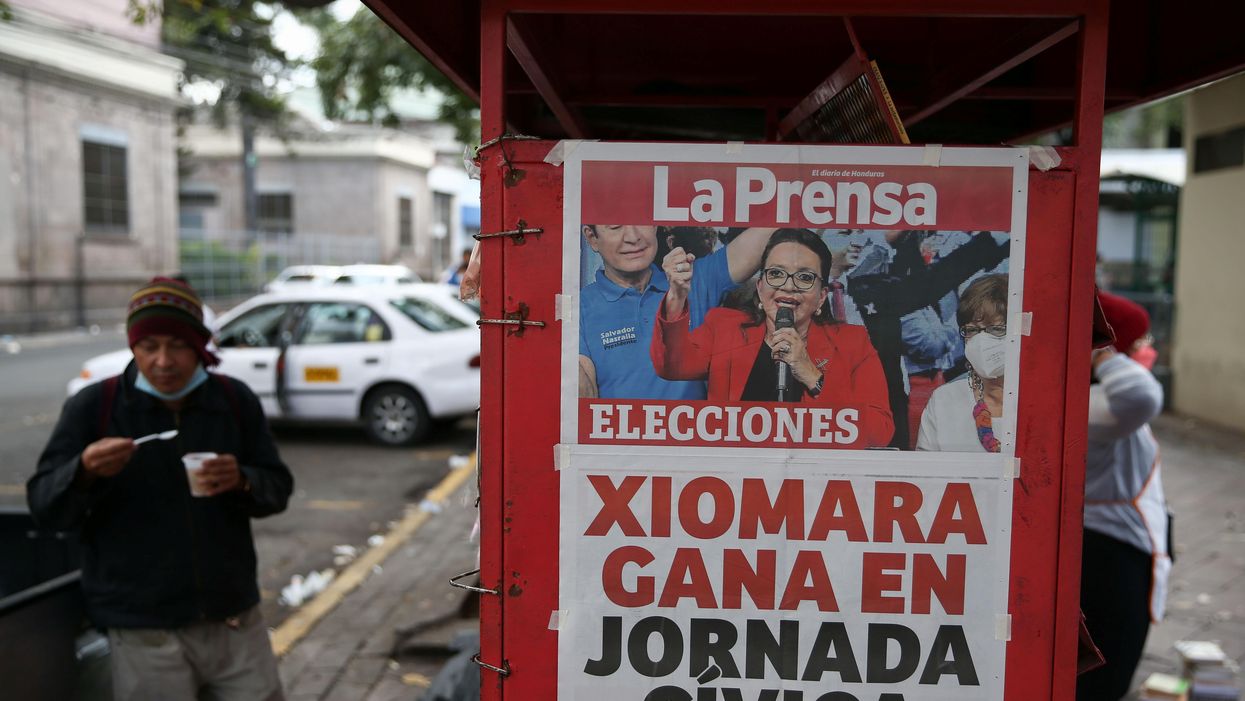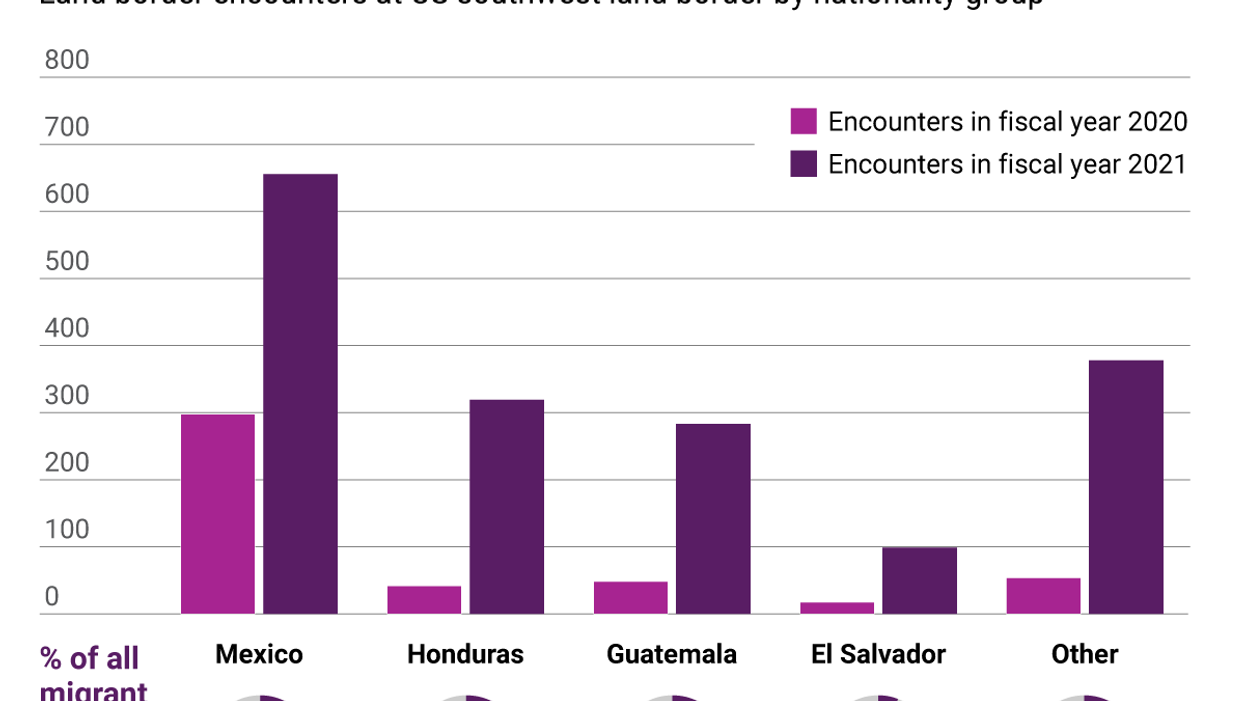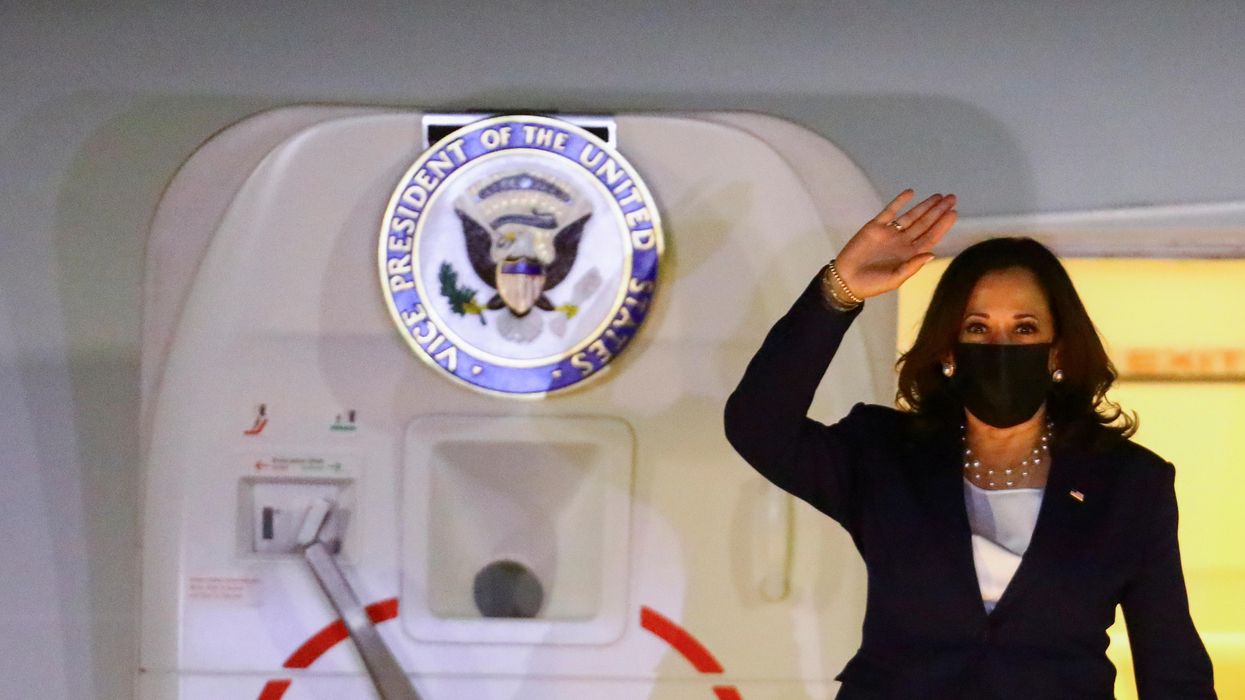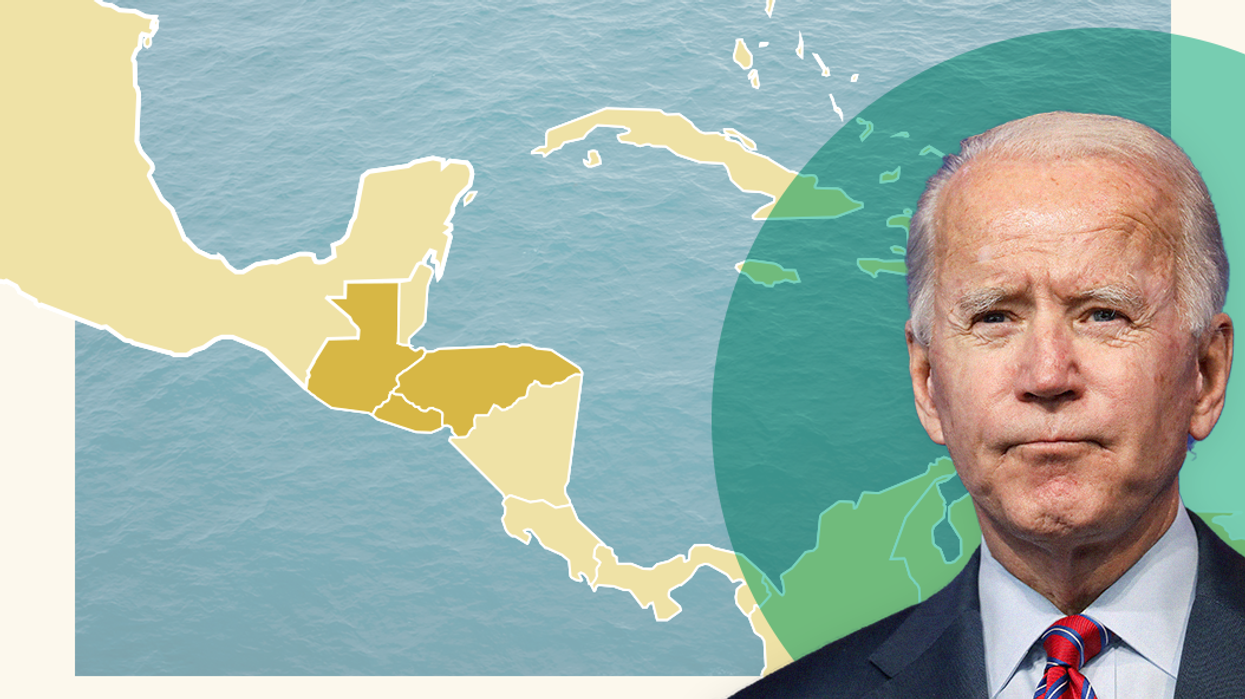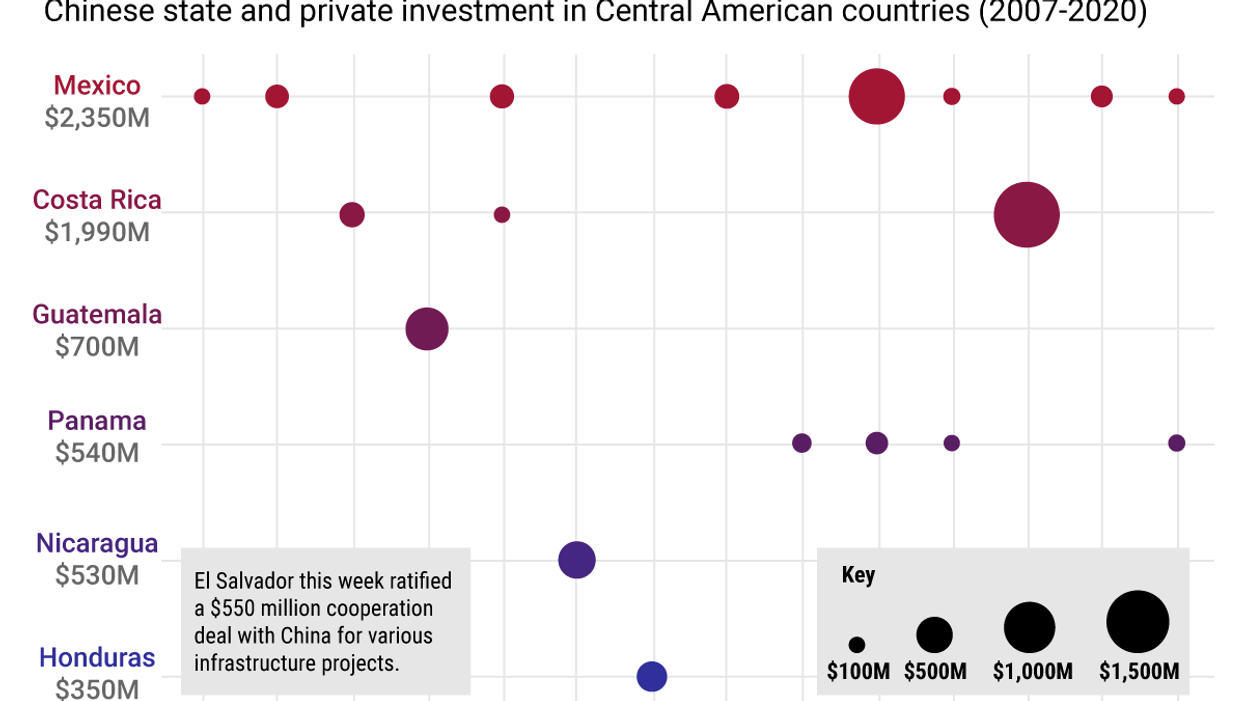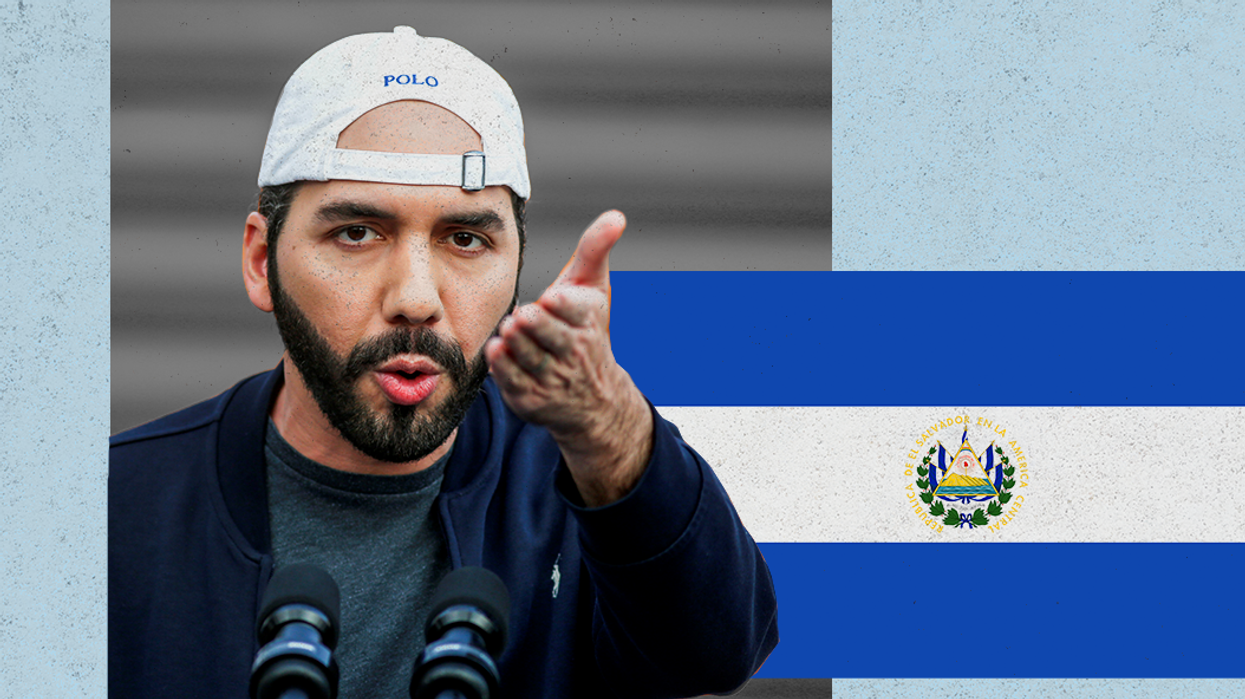News
What do the Americas want from America?
On Wednesday, US President Joe Biden travels to Los Angeles to host the sixth Summit of the Americas, a gathering of leaders from, well, the Americas. But so far the event has gotten more chatter about who isn’t showing up, the light agenda, and doubts over whether it’ll accomplish anything after decades of US neglect and mutual mistrust.
Jun 07, 2022
